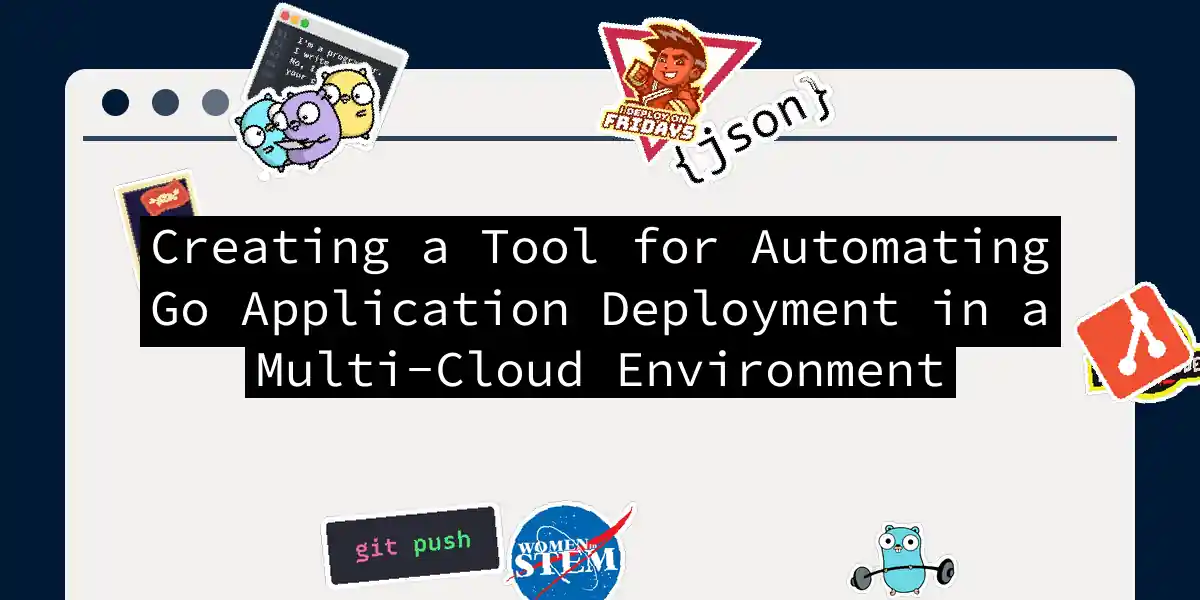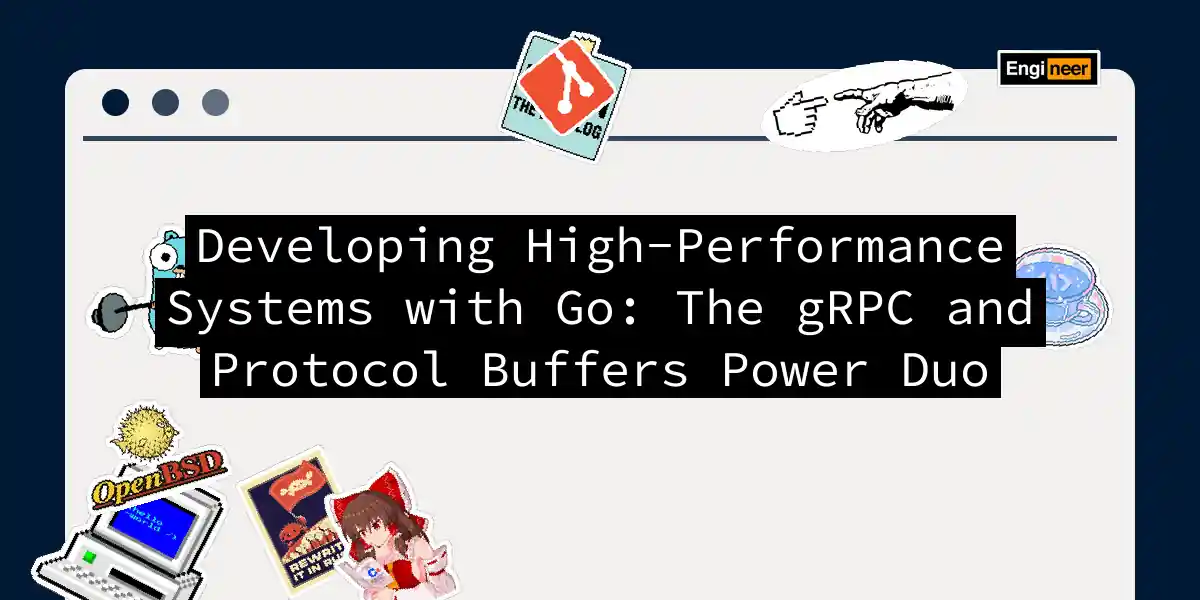
Creating a Tool for Automating Go Application Deployment in a Multi-Cloud Environment
Introduction to Multi-Cloud Deployment In the ever-evolving landscape of software development, the need for efficient and automated deployment processes has become paramount. With the rise of multi-cloud strategies, developers are no longer tied to a single cloud provider, but this flexibility comes with its own set of challenges. In this article, we will delve into the process of creating a tool for automating the deployment of Go applications in a multi-cloud environment, making use of cutting-edge technologies and best practices....



